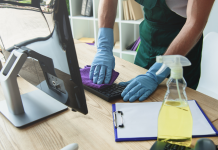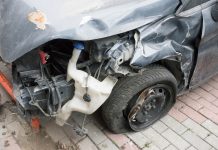The final decision is made after a doctor has recommended that you receive supplemental oxygen therapy. This guide will help you choose the right oxygen concentrator for your medical needs. There are many options, but the most important is to know your medical history and whether or not you need a stationary concentrator.
Your medical condition will play a major role in determining whether you are able to buy an oxygen concentrator. Patients with COPD, Asthma and Respiratory issues affecting their lungs, Pneumonia (underdeveloped lungs for newborn children), sleep disorder, Cystic Fibrosis, respiratory system trauma, heart disease, Covid-19 with lung infection, or COPD will need supplemental oxygen.
These devices can be classified as home oxygen concentrators, which cater to the needs of all hypoxic patients. They have a powerful compressor, high flow and high outlet pressure. Another category is Portable oxygen concentrator, which can be carried easily by patients.
The most important factor in choosing an oxygen concentrator is whether it will compensate for the drop in blood oxygen saturation.
There are several international approvals you should consider to ensure that your product is high quality.
- The US FDA approves home oxygen concentrators that can be safely used.
- CE means that the product can be safely sold in any part of the European Economic Area.
- Travel enthusiasts need to have FAA approval. It is the Federation Aviation Administration. This approval allows you to transport the concentrator in an aircraft.
Another important criterion is weight. However, this is more important when purchasing a portable oxygen that a home one. The average home oxygen concentrator weighs between 13-19 and 22-30 kgs in the 5LPM range, while the 10LPM range is between 23-30 and 26 Kgs. Most portable concentrators weigh between 2.5-3 Kg.
Medical weightage also includes the severity of your medical condition. Are you being prescribed low flow, moderate flow, or high flow supplemental oxygen? The following range of oxygen therapy can be prescribed by doctors. It is strongly recommended that a concentrator stays within the prescribed range.
- Low flow oxygen concentrators. A low flow oxygen concentrator is a concentrator that delivers oxygen at a rate of 3 LPM. This concentrator targets people with minor lung conditions. Most companies don’t manufacture devices capable of providing 3 LPM oxygen flow. Patients with 3 LPM should purchase a concentrator that can provide 5 LPM oxygen flow.
- Medium flow oxygen concentrators: Patients who require oxygen at a low rate (less than 5 LPM) should use a portable oxygen concentrator with pulse settings between 5-6 LPM and a stationary concentrator of 5 LPM.
- High flow oxygen concentrators are recommended for patients with chronic respiratory disorders. Patients might need to be given supplemental oxygen that is more than 6 LPM. This category is the most reliable. A home oxygen concentrator with a 10 LPM flow rate is preferred.
Before purchasing an oxygen gas generators, you should consider other important factors, such as power consumption, battery back, and oxygen purity indicator. Power consumption has a direct impact on cost-effectiveness. However, oxygen purity indicator and battery backup support safety features.
You can compare the specifications of various oxygen concentrators with the comparison tool at Oxygen Time.








